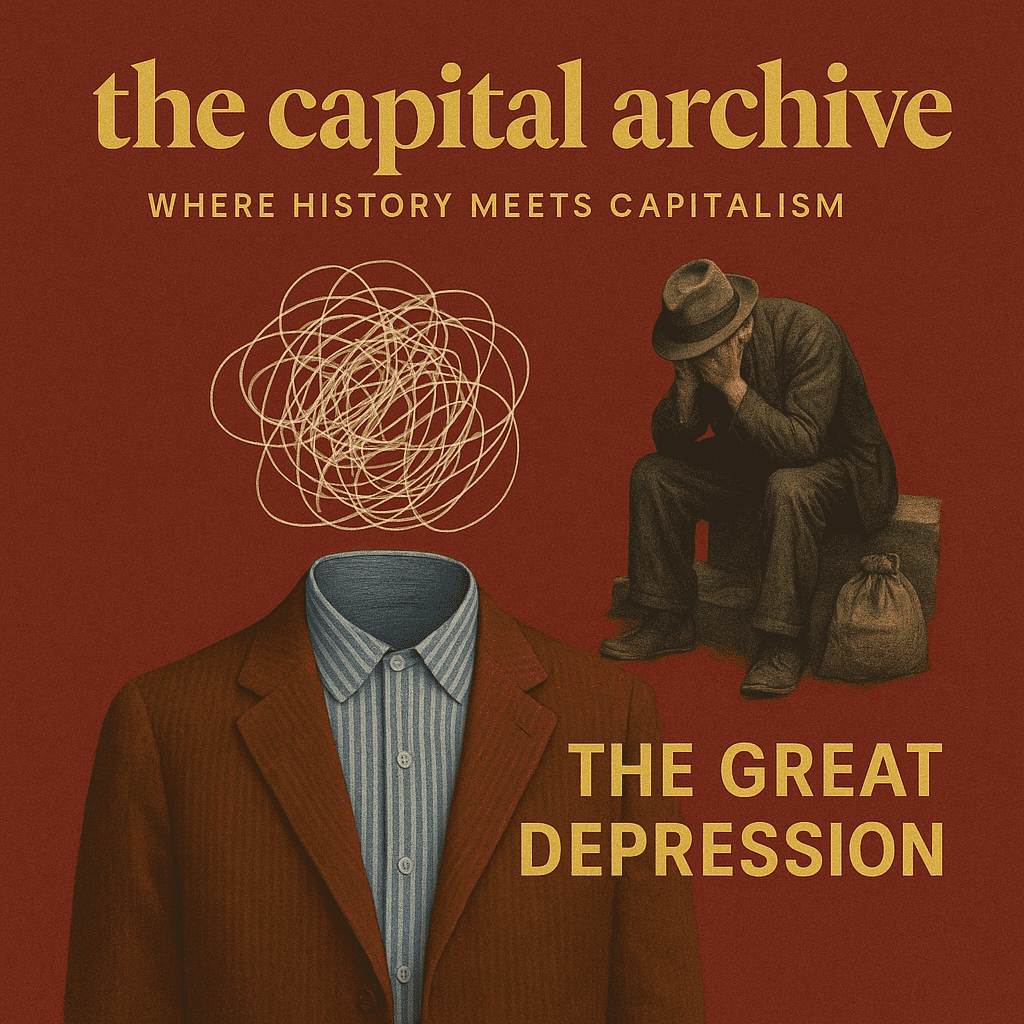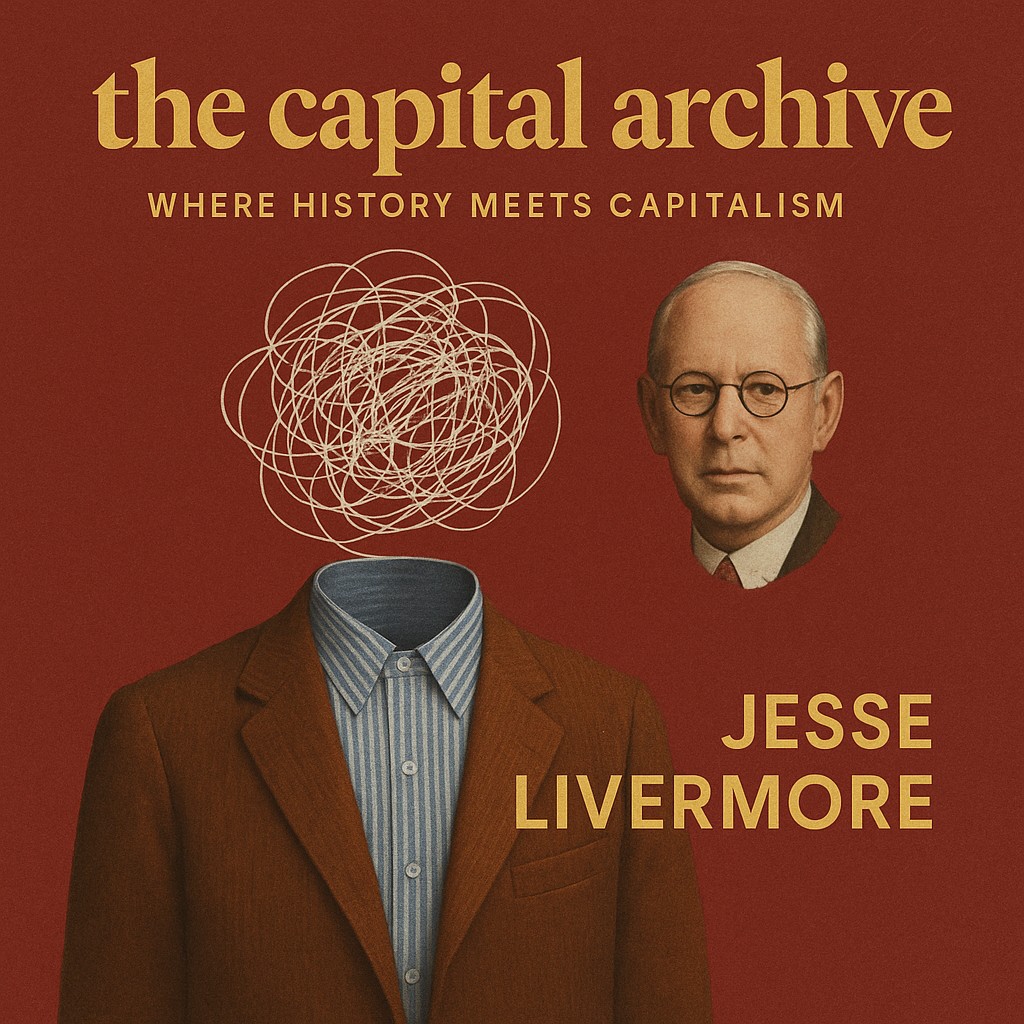“The only thing we have to fear is… fear itself.”
Franklin D. Roosevelt’s words weren’t just rhetoric. They were a war cry against collapse—economic, psychological, and moral.
The 1920s roared with excess. Radios, fridges, cars—everything could be bought on credit. Stocks soared, purchased not out of belief in companies, but in the certainty they’d keep rising. Margin trading let people bet $1,000 with just $100 down. It was a house of cards built on debt and optimism. Culture mirrored finance. Jazz echoed in speakeasies. Flappers danced through prohibition. Baseball legends made more than the president. People weren’t just dreaming—they were high on spectacle.
In 1929, economist Roger Babson warned that “sooner or later a crash is coming, and it may be terrific.” Yet, the financiers in Wall Street didn’t pay much attention. To them, the roaring twenties were holding up, and anyone who dared speak against the might of the American economy were doing nothing more than excercising a Cassandrean task.
The Black week arrived. Black Thursday, then Black Monday and Black Tuesday. Over $25 billion wiped in days. Brokers were weeping on the floor and clerks were praying. Outside of Wall Street, rumors of suicide flew faster that stock selloffs.
The crash didn’t just destroy wealth. It atomized identity.
Men left boots on porches and vanished into forests. Women skipped meals to feed their children. New York clerks rode subways all day pretending to have jobs. In the shadows of Hoovervilles, entire families clung to what dignity they had left.
What emerged after two decades of government intervention wasn’t the free-market fantasy of the ’20s. It was a hybrid: markets with rules, capitalism with brakes and prosperity with a floor.
“Markets alone cannot govern a nation. They require scaffolding—rules, safety nets, human design.”
This scaffolding took the form of agencies and organizations that aimed to protect and preserve capital from predatory and overzealous practices that could roll the investing public into another recession. Regulatory bodies such as the SEC and corporations like the FDIC and Social Security as well as an increase in the rate of unionization of workers didn’t kill capitalism. The scaffolding saved it and it lifted millions into the middle class for decades to come.
The Great Depression was a reckoning that became the catalyst of the collapse of myths and the reforging of values. Millions of people paid unbearable debts in blood, sweat and money.
One hundred years later, the music of optimism is sounding in the background. So is the illusion. But this time, we have to remember the lessons.
Listen to the full episode of The Capital Archive for the immersive, unfiltered narration of how America fell, rebuilt itself, and dared to hope again.


